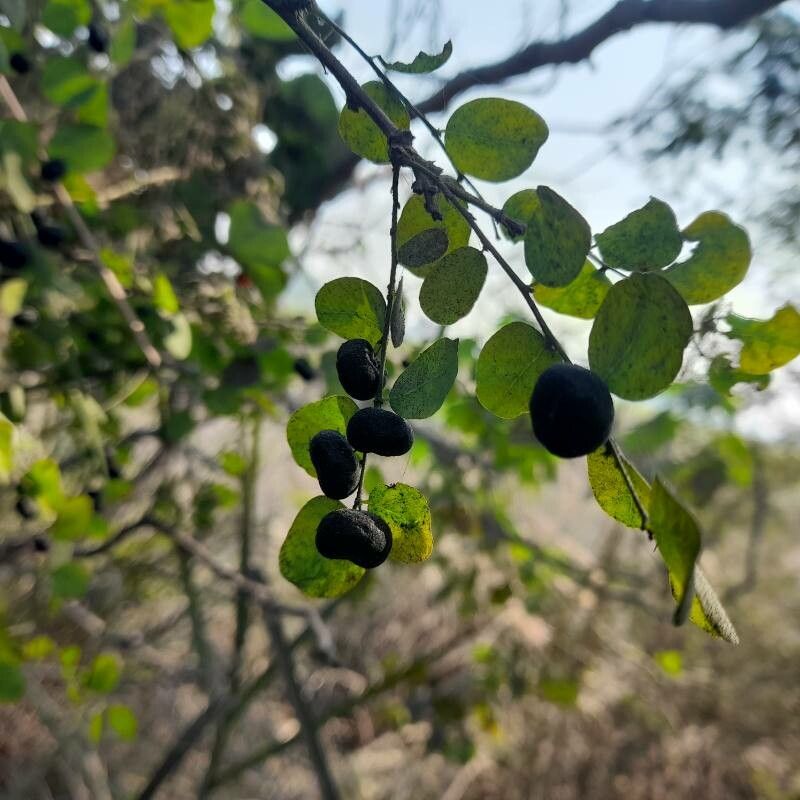Propagating Phyllanthus glaucus: A Gardener’s Guide to the Seaside Spurge
Phyllanthus glaucus, commonly known as Seaside Spurge, is a charming succulent shrub prized for its attractive, bluish-green foliage and its ability to thrive in coastal environments. Its tolerance to salt spray and drought makes it a popular choice among gardeners seeking low-maintenance, hardy plants for seaside gardens or xeriscaping projects. However, its propagation presents unique challenges, making successful cultivation a rewarding experience. This article explores various propagation methods for Phyllanthus glaucus.
Seed Germination:
Currently, there are no known reliable methods for seed germination propagation of Phyllanthus glaucus. While the plant does produce seeds, germination rates are reportedly very low, and consistent success has not been documented in horticultural literature. Further research into specific seed germination requirements, including potential dormancy-breaking techniques, may be necessary to unlock this propagation method.
Cuttings:
Cuttings present a more viable option for propagating Phyllanthus glaucus.
Challenges: Success with stem cuttings depends heavily on proper timing and technique. Using overly woody stems can hinder rooting, while cuttings taken during periods of high stress (extreme heat or drought) are less likely to survive.
Practical Tips: Take semi-hardwood cuttings in spring or late summer. Cuttings should be approximately 4-6 inches long, with several leaves. Remove lower leaves to prevent rot. Dip the cut ends in a rooting hormone to encourage root development. Plant the cuttings in a well-draining, sandy potting mix, ensuring good drainage. Maintain high humidity (e.g., using a humidity dome or plastic bag) and consistent moisture, but avoid overwatering. Rooting typically takes several weeks to months.
Rewards: This method offers a relatively straightforward approach to producing new plants, and it maintains the genetic characteristics of the parent plant.
Division:
Division is another feasible method for propagating established Phyllanthus glaucus plants.
Challenges: This method is only suitable for mature plants with well-developed root systems. Care must be taken to avoid damaging the roots during separation, which can lead to plant stress and failure to thrive.
Practical Tips: Divide the plant during its dormant period (usually winter) or early spring. Ensure each division has a healthy portion of roots and stems. Plant the divisions immediately in well-draining soil, and water lightly. Protect the newly divided plants from harsh sunlight until they establish themselves.
Rewards: Division provides a relatively quick way to increase the number of plants and is less technically challenging than other methods.
Tissue Culture:
Tissue culture offers a potential avenue for large-scale propagation and the potential to overcome the challenges faced by other methods.
Challenges: Tissue culture requires specialized equipment, sterile conditions, and expertise in plant tissue culture techniques. The establishment of sterile cultures from Phyllanthus glaucus may present some challenges due to potential contamination issues. Optimizing media composition for optimal growth and shoot multiplication would also require experimentation.
Practical Tips: Sourcing a reliable tissue culture laboratory familiar with succulent propagation is crucial. Specific media formulations and growth regulators would need to be determined through experimentation.
Rewards: Tissue culture allows for rapid and large-scale production of genetically identical plants, facilitating commercial production or conservation efforts.
Conclusion:
Propagating Phyllanthus glaucus presents various challenges depending on the chosen method. While seed germination remains unreliable, cuttings and division offer viable options for home gardeners. Tissue culture presents a promising avenue for large-scale propagation but requires specialized knowledge and resources. The rewards of successfully propagating this attractive plant, however, are well worth the effort. The unique satisfaction derived from nurturing a small cutting into a thriving plant, or from patiently coaxing a division to flourish, is a testament to the gardener’s dedication and expertise. For aspiring propagators, patience, attention to detail, and persistence are key to success. Remember to choose the propagation method best suited to your experience level and resources, and enjoy the journey of bringing more Seaside Spurge into your garden.


